Transforming a backyard from a simple lawn into a true extension of your home requires thoughtful planning. The best results come from applying proven outdoor living space architectural designs that prioritize flow, function, and aesthetics. This guide explores the core principles, key elements, and popular styles to help you envision and create a space that perfectly suits your lifestyle and enhances your property value.
Contents
Understanding the core principles of outdoor design
Effective outdoor living space architectural designs treat your yard as an extension of your home, not an afterthought. The goal is creating a seamless transition that blends interior comfort with exterior freedom. A successful plan prioritizes clear flow, guiding movement between zones like dining and lounging. Functionality is paramount; every element must serve a purpose while complementing your home’s architecture and enhancing your lifestyle.
- Indoor-Outdoor Flow: Blur the lines between inside and out using large glass doors, consistent flooring, and a unified color palette. Extending your smart home lighting system outdoors also enhances this seamless connection.
- Zoning for Function: Improve usability by clearly defining areas for specific activities. Designate a quiet seating nook separate from a social grilling station to ensure every part of the space serves its intended purpose effectively.
- Cohesive Aesthetics: Create a harmonious look by borrowing stylistic cues from your home. Whether your house is modern, traditional, or rustic, the outdoor design should feel like a natural continuation of its character.
Key elements of a functional outdoor living space
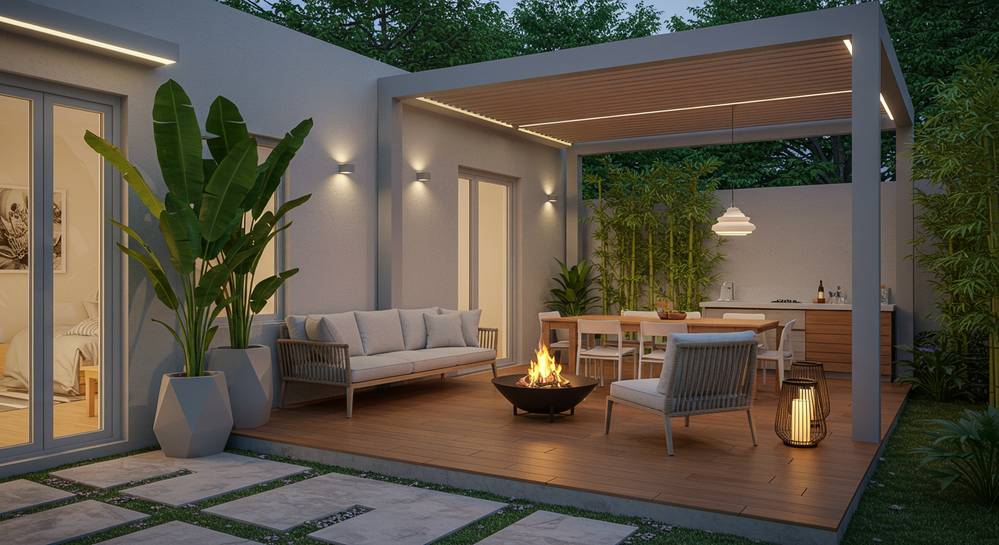
A well-designed outdoor living area is composed of several key elements working in harmony. Integrating these components thoughtfully is essential for creating a space that is both beautiful and highly practical for your specific needs. Each element should be selected based on your intended use, the local climate, and your budget. Successful outdoor living space architectural designs depend on a balanced combination of hardscaping and softscaping to create a complete and inviting environment.
Patios and decks as foundations
These structures form the foundational surface of your outdoor space, defining its primary footprint. Patios, typically made of stone or concrete pavers, provide a solid, ground-level base ideal for dining and lounging. Decks, usually constructed from wood or composite materials, offer a raised platform. This elevation is perfect for uneven terrain and can create distinct, multi-level zones within the overall design.
Outdoor kitchens and dining areas
More than just a simple grill, a modern outdoor kitchen transforms the patio into a true entertainment hub. These can include countertops, a sink, refrigeration, and specialized cooking appliances. This element makes hosting gatherings seamless, allowing you to prepare meals and socialize without being separated from your guests. It is a cornerstone of a truly functional outdoor space.
Fire and water features for ambiance
Fire pits or outdoor fireplaces create a natural focal point for socializing, extending the usability of the space into cooler evenings. They provide warmth and a captivating visual anchor. Conversely, water features like fountains or small ponds introduce a sense of tranquility and can help mask ambient noise. These elements add sensory depth to the architectural design.
Popular architectural styles and modern trends
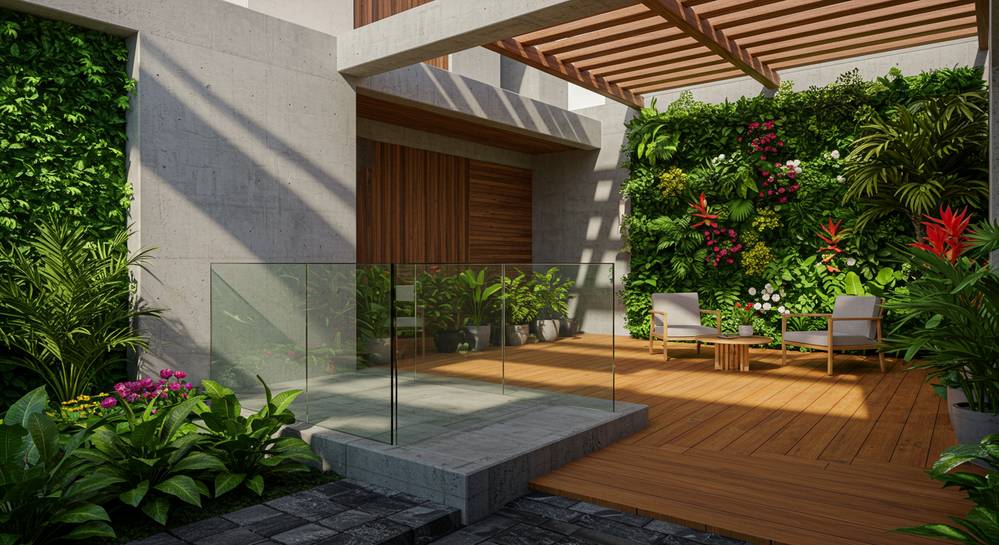
The architectural style you choose dictates the mood and material palette of your outdoor living space. While personal preference is key, the best outdoor living space architectural designs complement your home’s existing structure. Modern trends also play a significant role, with a growing emphasis on sustainability and creating multi-seasonal spaces. Many homeowners are also integrating undefined for automated lighting and entertainment.
Modern and minimalist
This style is characterized by clean lines, geometric shapes, and a neutral color palette. Common materials include polished concrete, steel, and dark-stained wood for a sleek, sophisticated look. The design philosophy focuses on uncluttered spaces where function is paramount. High-quality, functional furnishings complete the aesthetic without adding unnecessary ornamentation.
Rustic and natural
A rustic approach emphasizes a deep connection to nature, creating a relaxed and informal atmosphere. It utilizes materials like natural stone, reclaimed wood, and lush, native plantings. The design feels organic and integrated with the landscape. Key features often include a rugged stone fireplace or a wooden pergola covered in climbing vines.
Mediterranean influence
Inspired by the villas of Spain, Italy, and Greece, this style is perfect for sunny climates. It often features terracotta tiles, stucco walls, wrought iron details, and vibrant tile accents. The primary focus is on creating cool, shaded areas for relaxation and dining, making it an ideal choice for hot, dry regions.
Essential planning and material considerations
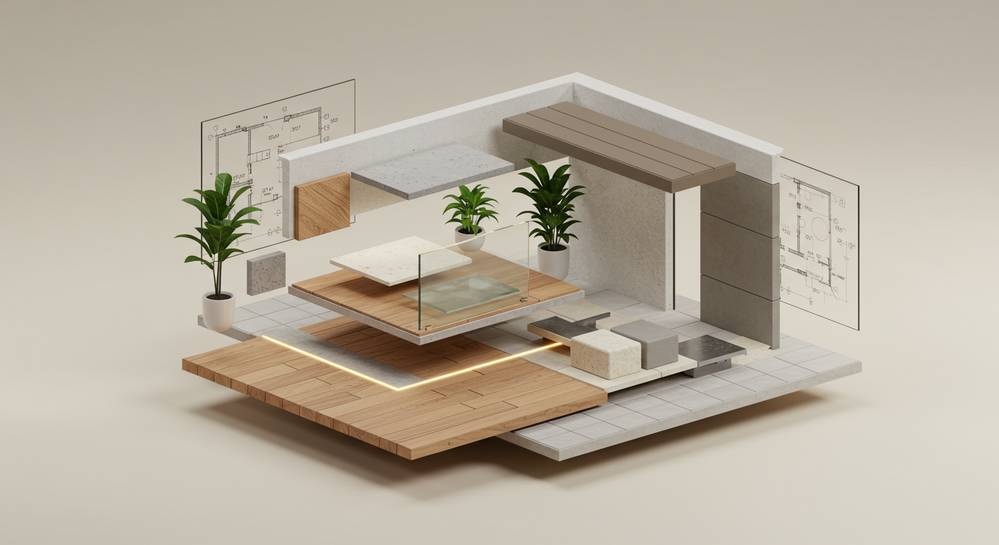
Successful outdoor living space architectural designs depend on careful planning and material knowledge. Before breaking ground, a site analysis is crucial for addressing sun exposure, drainage, and privacy. A clear budget guides your decisions and prioritizes features. Material selection is equally critical, impacting aesthetics, durability, and long term maintenance. These foundational steps ensure your investment is both beautiful and built to last.
- Site Analysis: Assess sun patterns to correctly position seating and dining areas. Identify windy spots that may need screens or barriers. Ensure proper water drainage away from your home’s foundation to prevent future issues.
- Budgeting: Allocate funds for construction, materials, landscaping, furniture, and lighting. Understanding the potential undefined can help budget for tech integrations. It is wise to reserve a 10-15% contingency for unexpected expenses.
- Material Selection: Choose materials suited to your local climate for longevity. For example, composite decking resists moisture in damp regions, while light colored stone pavers stay cooler in hot climates. Always consider the balance between upfront cost and long term maintenance.
Ultimately, successful outdoor living space architectural designs blend your home’s character with your personal lifestyle. By focusing on a cohesive plan that balances aesthetics, function, and materials, you create more than just a patio; you build a valuable extension of your living environment. For more insights on enhancing your home, explore Home Gadget Digest.




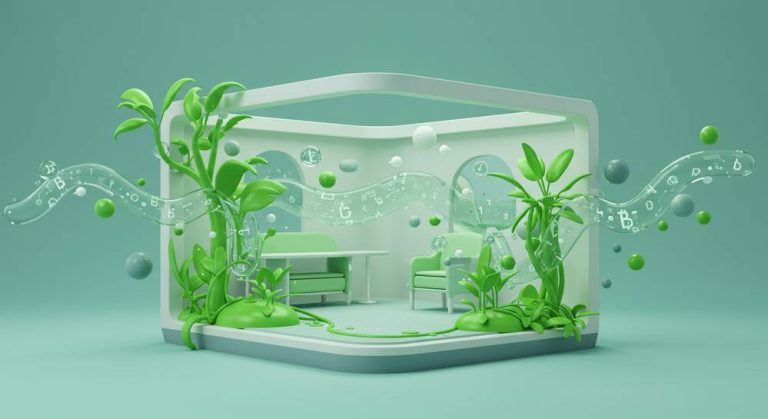
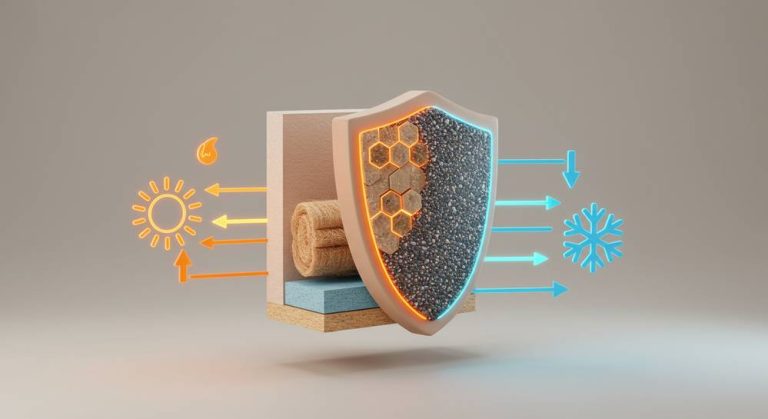
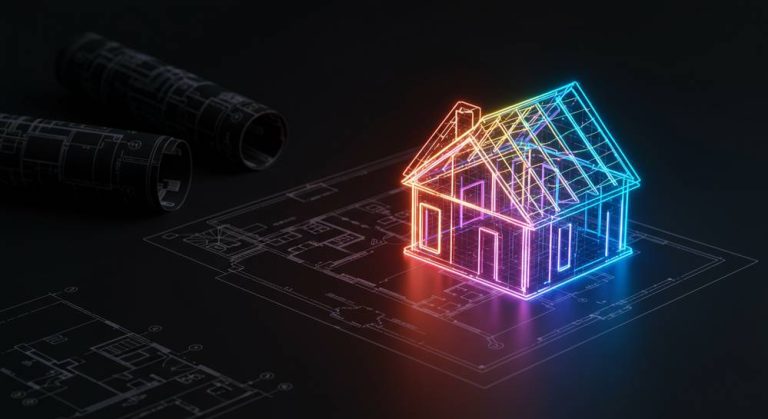









+ There are no comments
Add yours